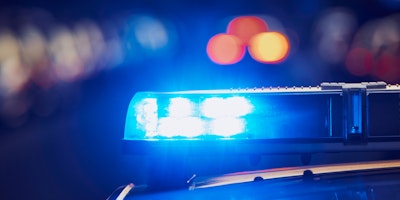Understanding the system
Navigating emergency healthcare in the Netherlands requires an understanding of the system's structure, knowing when and how to seek care, and being prepared with essential contact information. For this, it is good to know that the Dutch emergency healthcare system is well-organized, with clear distinctions between levels of care.
In life-threatening situations, the emergency number 112 is your first point of contact. It connects you to ambulance services, as well as the fire department and police, if necessary. The number is part of a Europe-wide emergency system, with operators fluent in Dutch, English, and often in French or German.
In non-emergency situations, your GP (huisarts) remains your main point of contact for health concerns and guidance through the healthcare system, providing referrals to specialists and emergency services as needed.
During nights, weekends and holidays, knowing where to seek emergency care is crucial. For life-threatening conditions that demand specialist intervention right away, the emergency department (SEH) is the place to go. For urgent, yet non-life-threatening issues, your first call should be to the after-hours GP service (huisartsenpost). Typically located near hospitals, the huisartsenpost (GP center) offers initial assistance over the phone, and if necessary, they will invite you for an in-person visit.






